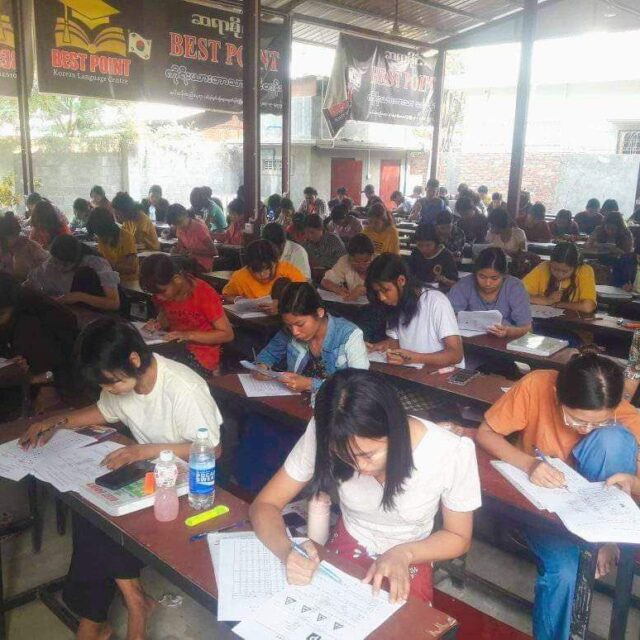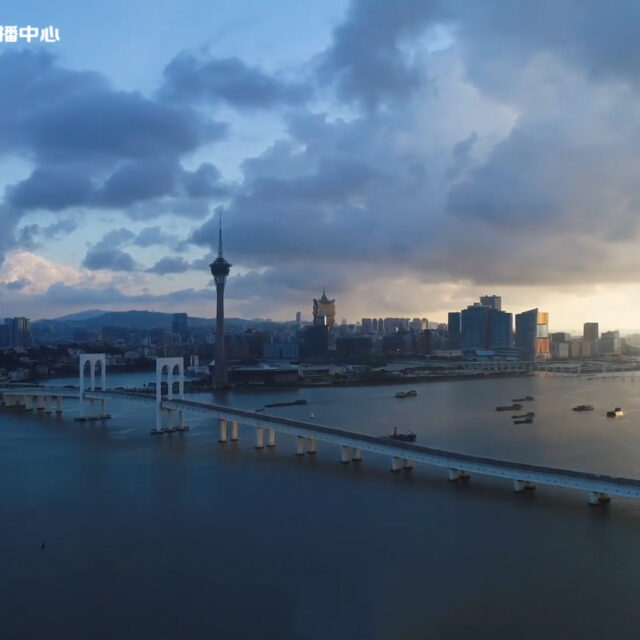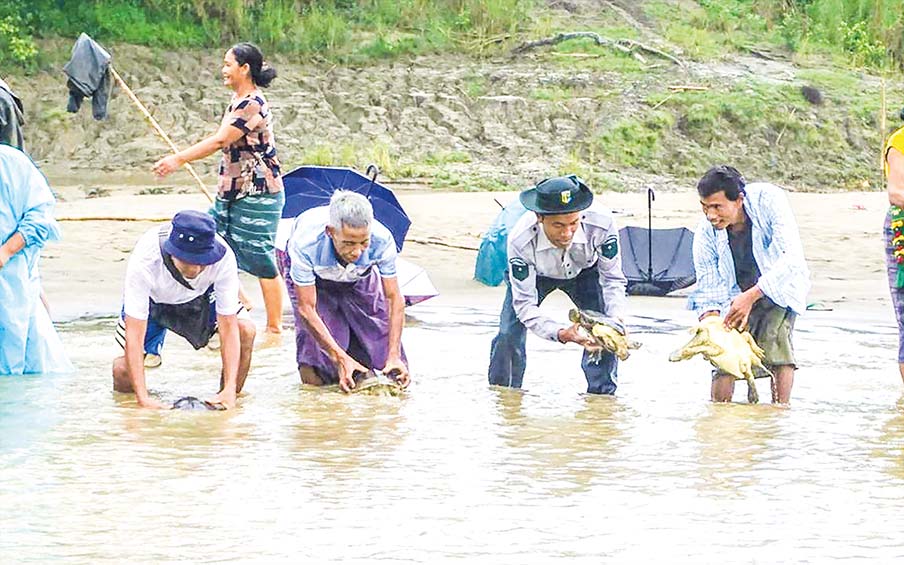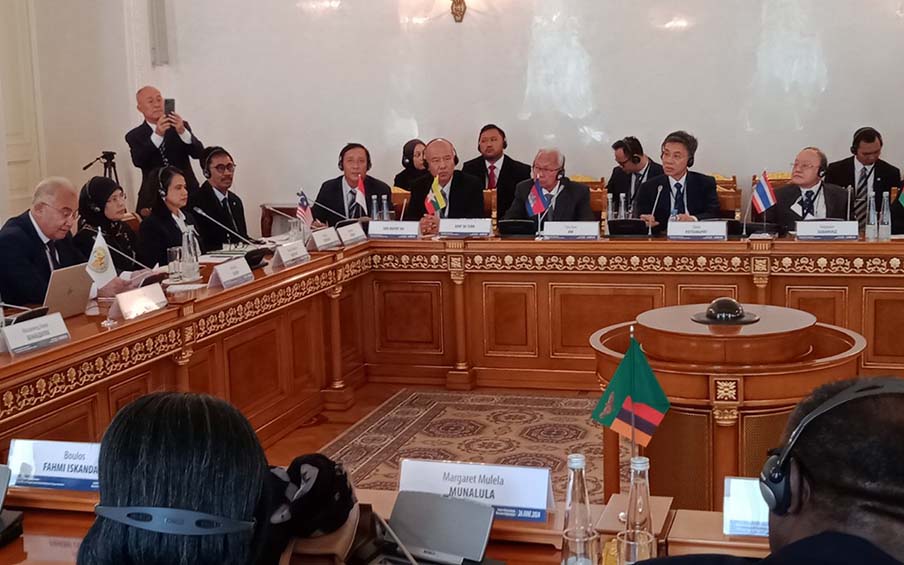Earth is composed of 29 per cent land and 71 per cent water, making water a critical resource for all living beings, especially humans. It’s imperative that everyone understands the importance of conserving the natural environment, which directly supports life on Earth.
Humans, more than any other species, are responsible for the well-being of the planet. This responsibility stems from our extensive use and exploitation of natural resources. Therefore, it’s crucial for humans to actively engage in the conservation of these resources and the preservation of cultural heritages worldwide.
Currently, many species are facing the threat of extinction. According to a 2020 press release by the International Environmental Conservation Society, 25 per cent of mammals, 27 per cent of seabirds, and 27 per cent of coral reefs are critically endangered. It’s estimated that by 2100, more than half of these endangered species could vanish.
Human activities have led to the over-extraction of 30 per cent of global fish resources, causing a significant decline in fish populations. Additionally, water pollution poses a serious threat to water resources and ecosystems. Around 80 per cent of the waste found in water bodies originates from inland areas, endangering aquatic life.
Countries worldwide, including Myanmar, are implementing the 17 UN Sustainable Development Goals. The 14th goal focuses on the conservation and sustainable use of oceans, seas, and marine resources. Long-term plans are necessary to ensure the sustainable development of natural resources and to prevent marine pollution, addressing the challenges posed by climate change.
The livelihoods of over 3 billion people depend on the biodiversity of coastal regions and oceans. These natural water areas are habitats for countless species. Therefore, it is essential to protect and preserve these waters, which are vital for all living beings. Conserving water resources is a shared responsibility that requires global cooperation and long-term planning. By preserving these resources, we ensure a sustainable future for all species, including humans. Protecting our natural environment is not just an obligation but a necessity for the survival and prosperity of future generations.
Myanmar shares borders with the Bay of Bengal, the Rakhine coast, the Ayeyawady deltaic area, the Mottama Gulf, and the Taninthayi coast, which possess long coastal lines and waters. It is an excellent chance for Myanmar to implement various businesses concerning marine and aquaculture for the production of foods and other products for local consumption and export. In this regard, everybody needs to be united in doing business. If so, Myanmar can show off its capacity and creativity in manufacturing various products that meet the set standards.
Preserve water resources for future generations
- July 02, 2024
- 13














